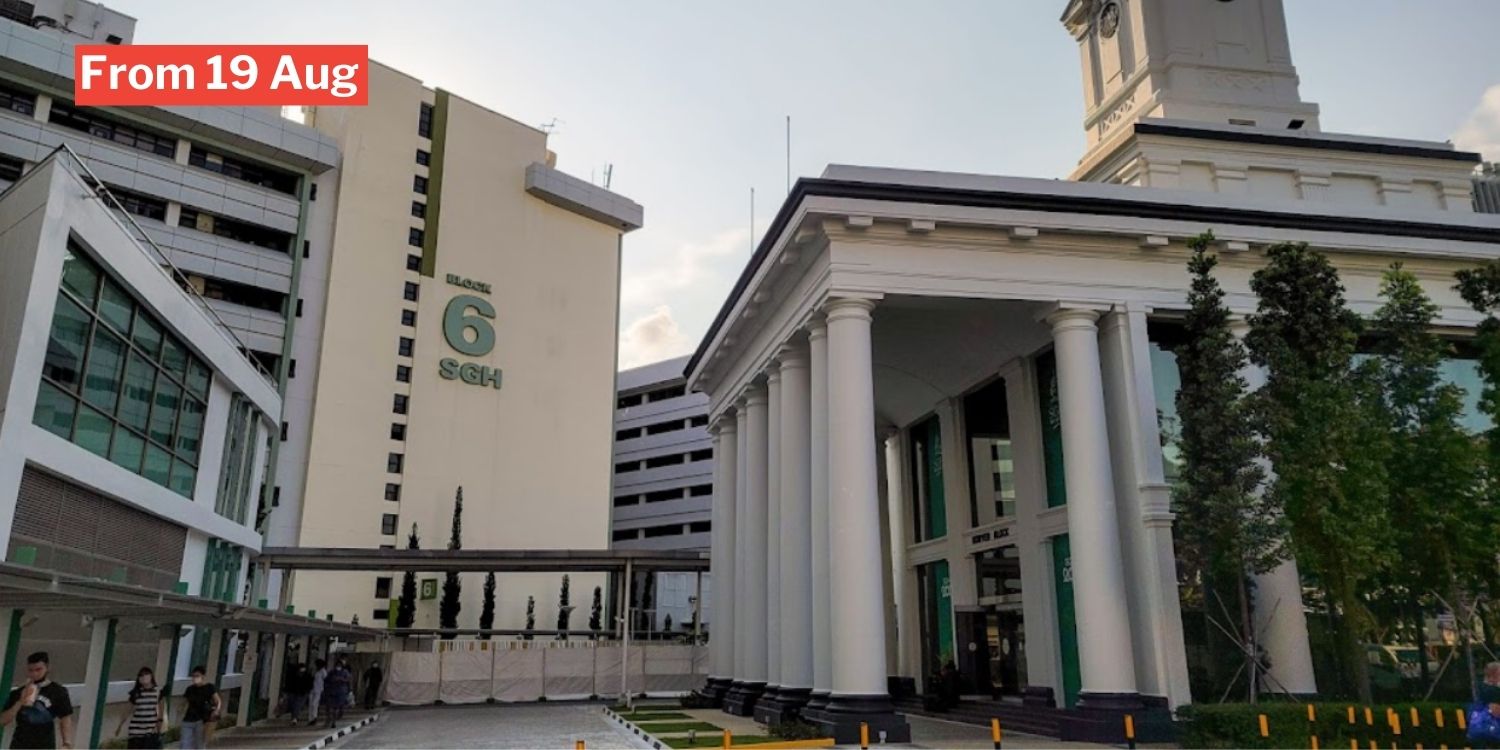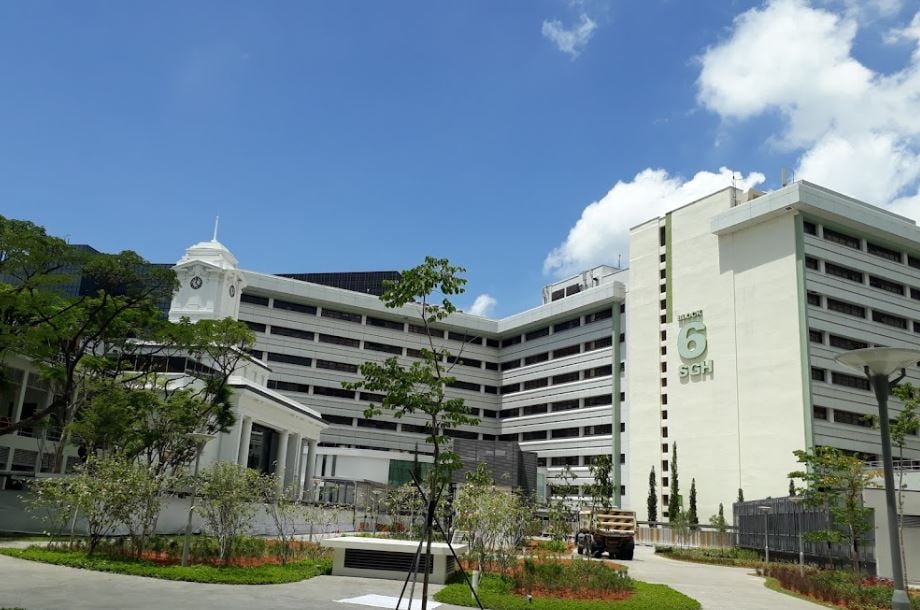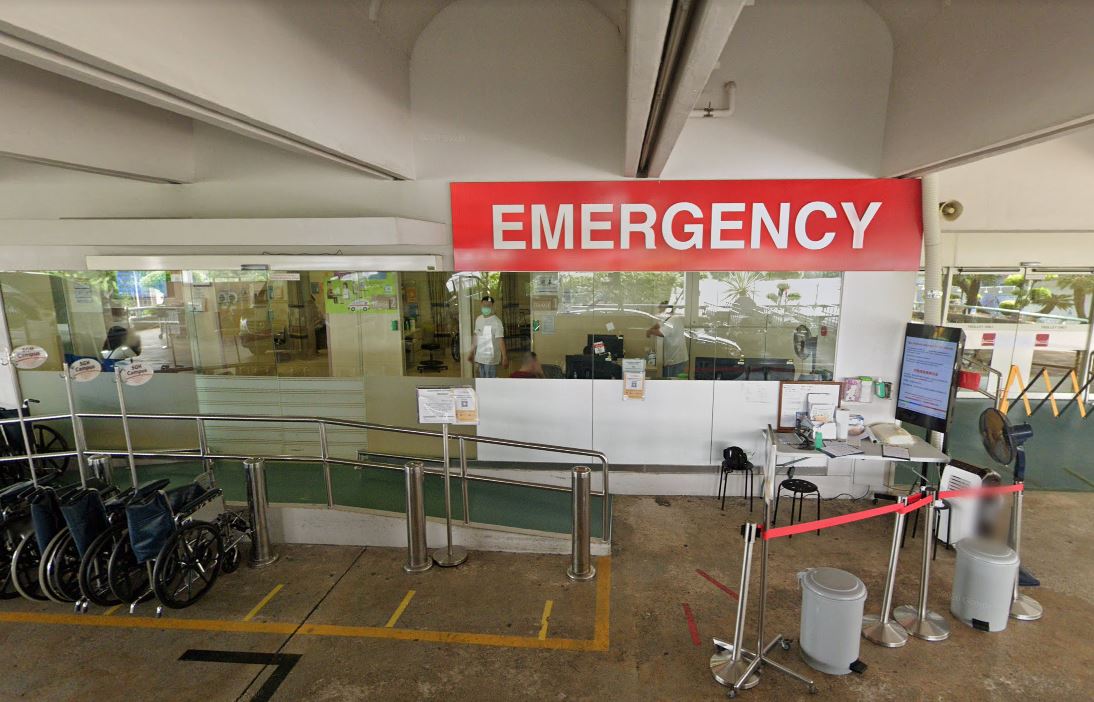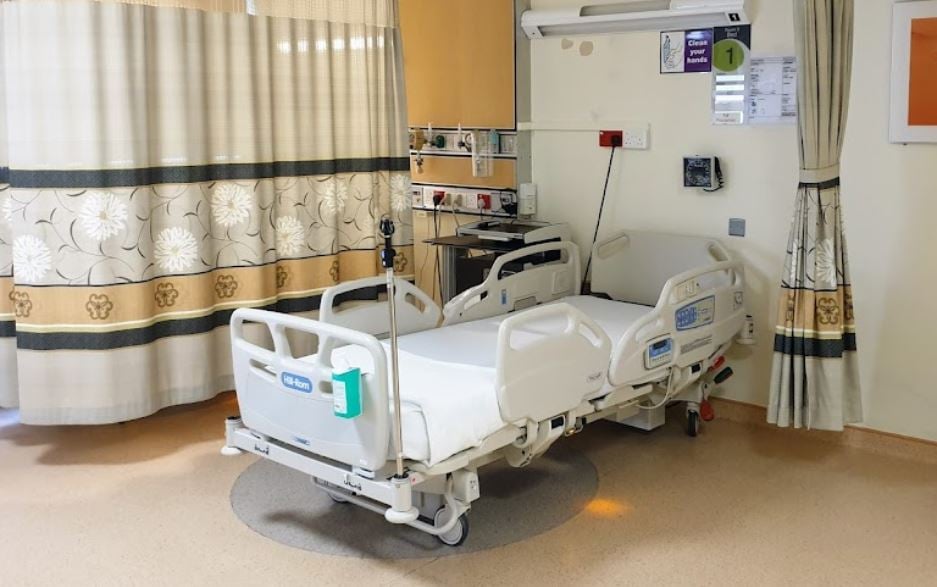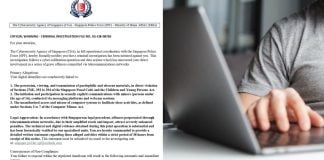Hospital Visits Can Resume For Partially Vaccinated & Vaccinated Visitors
As the number of community cases in Singapore skyrocketed the past month, of greater concern were those linked to hospital clusters.
Thus, to protect vulnerable patients, all hospital visits were suspended till 18 Aug.
As Singapore opens up, visitors will be allowed at hospitals again – but they must have had at least 1 vaccination dose, or taken a pre-visit Covid-19 test.
Regardless of vaccination status, however, all visitors may stay for only 30 minutes.
New visitation rules take effect on 19 Aug
The new visitation rules were announced in a media release by the Ministry of Health (MOH) on Monday (16 Aug).
They’re meant to further reduce the risk of Covid-19 transmission in hospitals, and will take effect from 19 Aug.
The measures will also “help to safeguard hospital capacity as Singapore transitions into a Covid-19 resilient nation”, MOH said.
Unvaccinated visitors must pay for test
People who’re unvaccinated will have to take an Antigen Rapid Test (ART) or Polymerase Chain Reaction (PCR) before arriving at the hospital.
They’ll have to get them from any MOH-approved test provider found in this list, and pay for the cost of the test.
The use of self-testing ART kits isn’t allowed for this purpose.
Once they get a negative result within 24 hours prior to the visit, they’ll have to present it for admission.
From 1 Sep, unvaccinated visitors will also be able to make an appointment for a pre-visit test at a Quick Test Centre (QTC), subject to availability of slots.
Visitors will still need to pay for these pre-visit tests.
Exception for certain situations
The hospital may help unvaccinated visitors take an ART test “under exceptional and time-sensitive situations”, MOH said.
Examples of such situations would be:
- when patients have sudden life-threatening conditions
- unexpected child birth/delivery
- when visitors have severe physical limitations that impede them from accessing testing providers
This will be allowed on a case-by-case basis at the hospital’s discretion.
Partially vaccinated temporarily exempted from testing
For those who’re partially vaccinated (i.e. received only 1 vaccine dose), a temporary exemption will be made.
That means they’ll be allowed to visit wards upon proof of their vaccination status.
However, from 1 Oct, they’ll need to show a negative test result like for unvaccinated visitors.
This is because partially vaccinated people haven’t attained sufficient immune protection, MOH said.
No testing needed for fully vaccinated visitors
Fully vaccinated visitors, on the other hand, will be able to enter wards without being tested.
The same goes for who have recovered from Covid-19 and have a valid test exemption notice.
Of course, they’ll need to show proof of vaccination status on HealthHub or the TraceTogether app – no screenshots will be allowed.
Those who’re unwell or showing symptoms of Covid-19 shouldn’t be visiting patients in the first place, even if they’re vaccinated.
30 minutes maximum visit duration
Once you’re allowed to visit, do whatever you want to do quickly – you’ll only be allowed 30 minutes with your loved one or friend.
This will apply to all visitors regardless of vaccination status, to reduce the risk of clusters forming.
Also, each patient can register only up to 2 visitors per admission, for up to 2 visits per day.
Despite that, only 1 visitor will be allowed at their bedside.
Exceptions for some patients
While 30 minutes might seem too short, some types of patients will be allowed longer visits “on a conditional, case-by-case basis”.
This will be assessed by the hospital.
These patients are:
- Paediatric patients
- Birthing/post-partum mothers
- Patients requiring additional care support from care givers
However, visitors who’re allowed a longer-than-30 min visit will have to take a Covid-19 test even if they’re vaccinated.
Seriously ill patients will also be allowed to have more visitors – up to 5 registered, with 2 allowed at their bedside.
New restrictions for everyone’s safety
While the new restrictions may inconvenience some people, we hope they understand that this is ultimately done for everyone’s safety.
This is especially so as hospital patients have more to lose if they’re infected by visitors.
Hopefully, this will help to reduce the number of clusters and cases in Singapore.
Have news you must share? Get in touch with us via email at news@mustsharenews.com.
Featured image adapted from Google Maps.
